Sony A9 pro mirrorless camera review: Built to outperform
Introduction
We first touched upon the full-frame Sony A9 camera in a news piece in April, then followed that up with a hands-on piece after the subsequent launch event, so if you’ve been following us faithfully, it certainly won’t be new to you.
But here’s a quick recap. The Sony A9 is the world’s first camera to feature a stacked full-frame 24.2 MP CMOS sensor. First experienced on the RX100 IV and RX10 II (albeit on a much smaller scale), this design combines a conventional front-illuminated structure with a stacked back-illuminated structure and adds integral memory. Thus allowing the camera to achieve 20 times faster overall readout speed, and an ISO limit of 204,800 (after extension) with the added advantage of 5-axis in-body stabilization.
It also has an improved BIONZ X image processing engine that has been optimized for speed, letting you capture images at up to 20 fps with AF/AE tracking. Just as impressive, is the buffer of 241 RAW images and 362 JPEG images, and we were able to experience this first-hand at the launch event. At the time we noted how responsive the camera was, and were particularly impressed by the autofocus system’s ability to track people in motion.
Meant to be a professional camera that sits above the A7 series cameras, the A9 represents a perfect balance of speed and resolving power. The low viewfinder lag and zero blackout continuous shooting also positions it well as a camera for wedding, action and sports photography – areas that have typically been DSLR strongholds.
Video users haven’t been left out either, as the A9 will do oversampled UHD 4K/24p video from the 6K data feed it gets from the entire width of the full-frame sensor. It also does Full HD videos at up to 120fps so you can do 4x and 5x slow-motion videos. Also crucial for both stills and video photographers to note is the inclusion of a 5-axis in-body stabilization system that is supposed to offer up to 5.0 stops compensation.
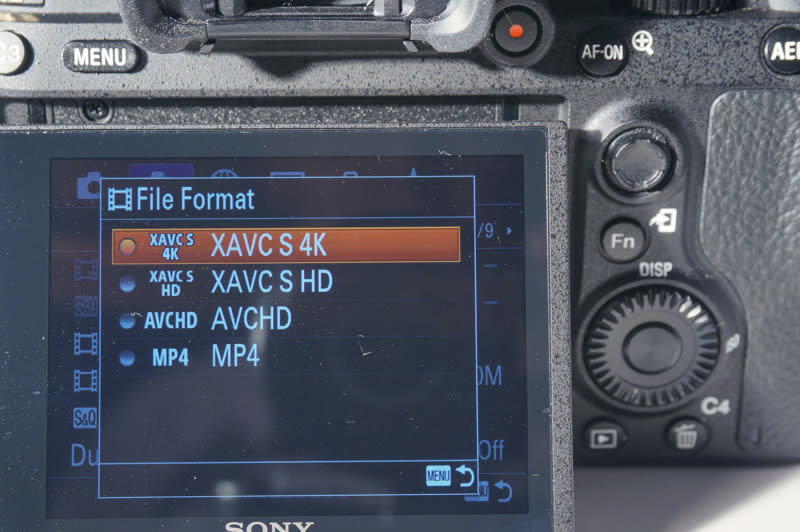
Design and Handling

While it’s about the same height and width as the A7R II, the A9 is significantly thicker but we think that’s a good thing, as it translates to a deeper grip. This makes it easier to handle the camera, and also allows for the inclusion of an Ethernet port for instant FTP transfer via cable. Speaking of ports, the A9 also gets a flash sync cable for use with studio lighting, but retains the older USB 2.0 ports for image and data transfer.
Like the A6500, the A9 also gets a rear panel with touch inputs. This is again a 3.0-inch screen, but has a slight resolution upgrade (from 1.22M dots to about 1.44M dots). The implementation of the touch functions is exactly like the A6500, which means you can use touch to shift the focus point, but oddly not navigate the menu system.
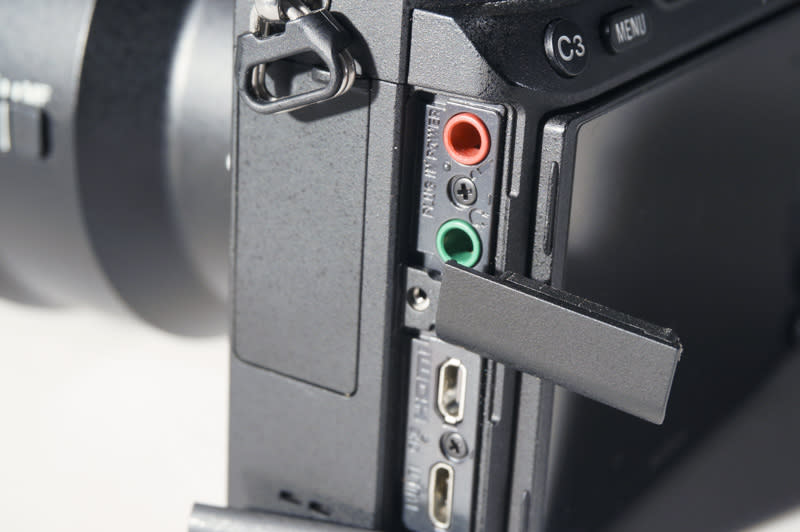
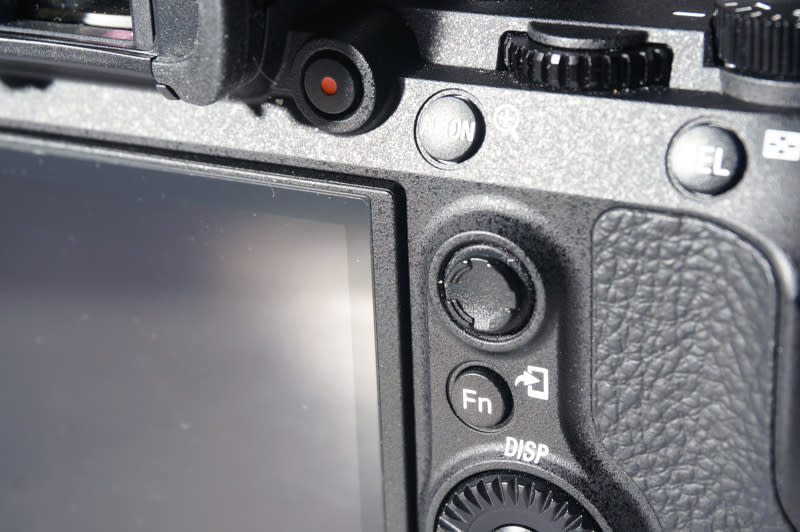
On that aspect, the A9 has a welcome addition in the form of a focus selector joystick that’s placed to the top right of the screen. Just like the Nikon D5 and the Fujifilm X-Pro2, this focus selector allows for faster adjustments of the focus point even when the viewfinder is to your face, and is a welcome addition, though we do wish it was just a bit more responsive.
As we mentioned in our hands-on piece, the A9 is fairly light at just 588g, and we like how the handgrip is wider for a better grip. We’d say it’s probably the widest handgrip of all the recent Sony cameras, and that’s definitely a welcome move.

The electronic viewfinder offers refresh rates of 60fps or 120fps, which is even faster than Fujifilm’s X-T2 on boost mode. It boasts a resolution of 3.69 million dots, which places it halfway between the X-T2’s 2.36 million dots and the Leica SL’s 4.4 million. That’s good company to be in, and certainly we didn’t find ourselves yearning for a traditional OVF (Optical Viewfinder) throughout our testing phase. Indeed, the EVF is so good you can almost tell how much detail you’ll be getting from the shot before you hit the shutter, which is something you can’t quite say of traditional OVFs.
Overall, we’d say we like the new button layout on the A9. Shifting the Record button up to the side of the viewfinder makes it much easier to find by feel, much less activate, so we’re glad Sony has finally changed this. The focus selector joystick is starting to appear on cameras from every brand now, so it’s good to see that on the A9 too, especially since their method of using the touch panel to select focus points isn’t the most precise.


We do still find the Menu system to be a little unwieldy, especially when it comes to simple functions like trying to view/delete multiple images. That requires you to go into the menus to enable, instead of being available right from the playback menu. Thankfully though, there’s now a My Menu feature which lets you put all your most used functions on a single page.
One final note to make about the A9 is that even though it supports dual SDHC/SDXC cards, only one slot supports the faster UHS-II standard. So, if you're writing to both slots at once (backup mode), write speeds will be capped by the slower slot (assuming you are using UHS-II class SD card).
Imaging Performance
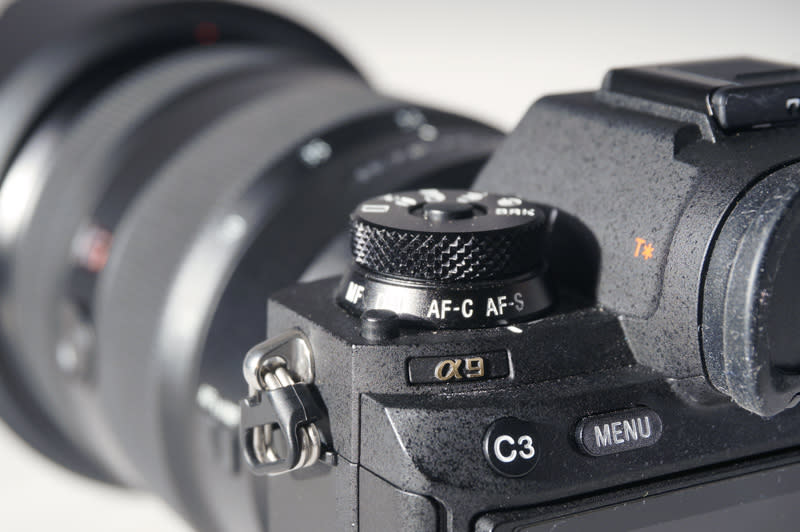
Using the A9 paired with the 24-70mm or 70-200mm lens gave us great results under all conditions – both outdoors and indoors. The camera proved to be very fast and snappy in real world use. In fact, it was almost too fast, as we soon found ourselves with more than 20GB of images to sort through! That 20 frames per second (fps) capture rate certainly gives you a good chance to catch motion, and we spent a good amount of time trying to catch images of some of our local avian residents.
This is where the camera's AF performance and speedy response really comes into play, as these Oriental Magpie-Robins were zooming around while they feasted on bugs. Eye-detect AF didn’t seem to come into play with these smaller animals (presumably because their eyes were too small), and Wide area mode seemed to be a little slow for faster movements. Our usual set-up of using the shutter button to activate focus also seemed to be just a split-second too slow, so we assigned AF activation to the just AF-ON button, allowing us to get and hold focus while waiting for the right moment like for example, the hops below.

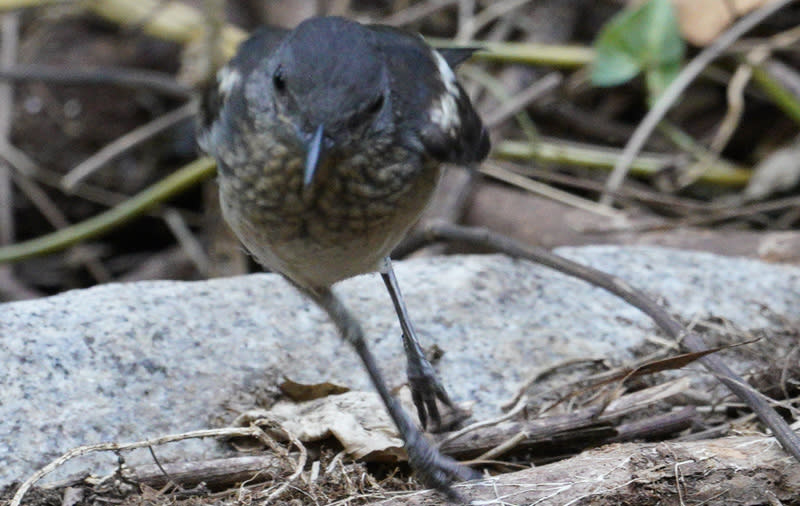
Shifting to “Lock-On: Flexible Spot” AF mode also seemed to give us better results. As long as we placed the AF cursor over our subject (in this case the Oriental Magpie-Robin) and held the AF-ON button down, the camera continues to track our subject, and then it was just a question of our ability to anticipate the actions we wanted to capture.


As you can see from the images above, there certainly is plenty of detail to be had from this camera. Even at ISO 5000, you can make out the feathers of this Oriental Magpie-Robin and the ant in its beak! One thing to note though, is that this 20fps shooting rate is only accessible with electronic shutter enabled. The ability to continuously focus while taking images is also limited to the list of lenses on this page at the moment, so some lens upgrades may be required if you wish to tap in to the full potential of the camera.


In terms of high ISO capability, we compared some indoor shoots from the A9 to those from our previous tests and found that A9 came in somewhere between the Nikon D5 and the Canon EOS-1D X Mark II. As you can see from the images above, at ISO 12800, the A9 still holds a good amount of detail, but go up to ISO 25600 and both luminance and color noise quickly start to seep in. The EOS-1D X Mark II looks cleaner at both ISO 12800 and 25600, but does so at the expense of detail. Text and texture are obviously blurred in the image, though we do think that can be restored with a bit of post-processing.
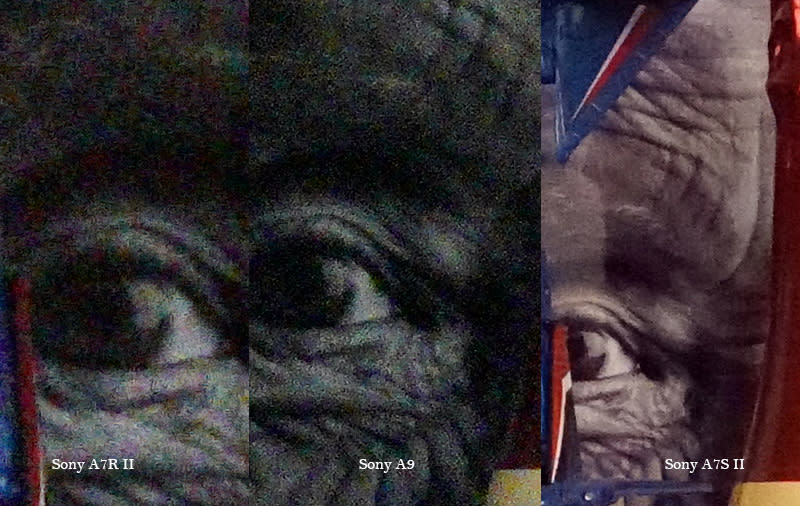
When compared to the Sony A7R II and A7S II at ISO 51200, the A9 appears to have less color noise than the A7R II. Detail loss due to in-camera noise reduction is also noticeably less drastic, though both cameras obviously fall far behind the A7S II. In short, we’d keep the A9 to ISO 12800 and below for demanding projects, stepping up to ISO 25600 or 51200 only with post-processing. Work within these limits, and the camera will give you great images, with nice colors and good dynamic range.
In terms of battery life, the A9 is much improved thanks to the new NP-FZ100 battery pack, which lets it get up to 480 shots on a single charge via the EVF, and 650 shots via the LCD. That's much better than the 290 shots achieved by the A7R II and even the 310 by the A7S II (both via the EVF). There's also an optional vertical battery grip you can get that takes two NP-FZ100 batteries, thus letting you double the battery life to about 960 shots. That gets the battery life close to that of the Canon EOS-1D X Mark II (1,210 shots), but still falls well behind the Nikon D5's staggering 3,780 shots.
Sample Images
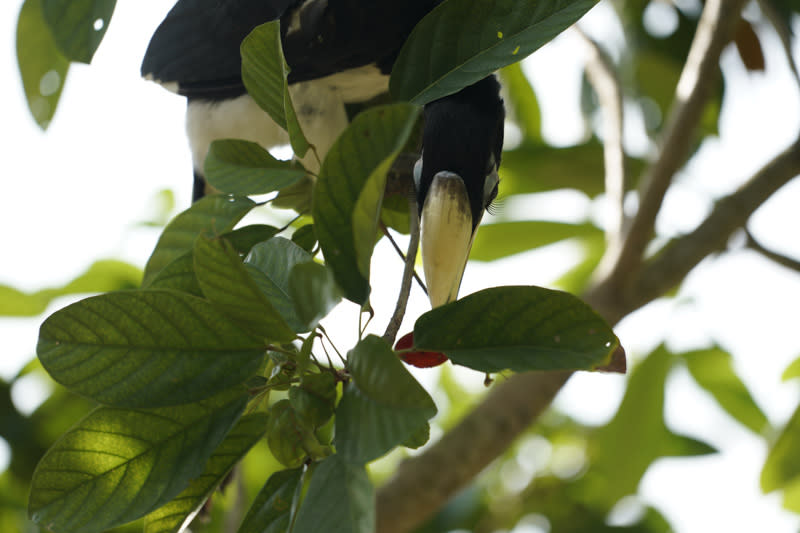


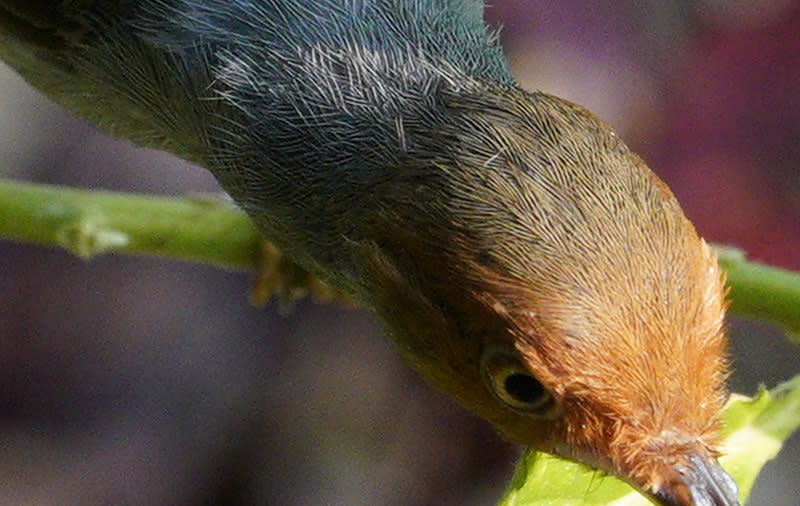


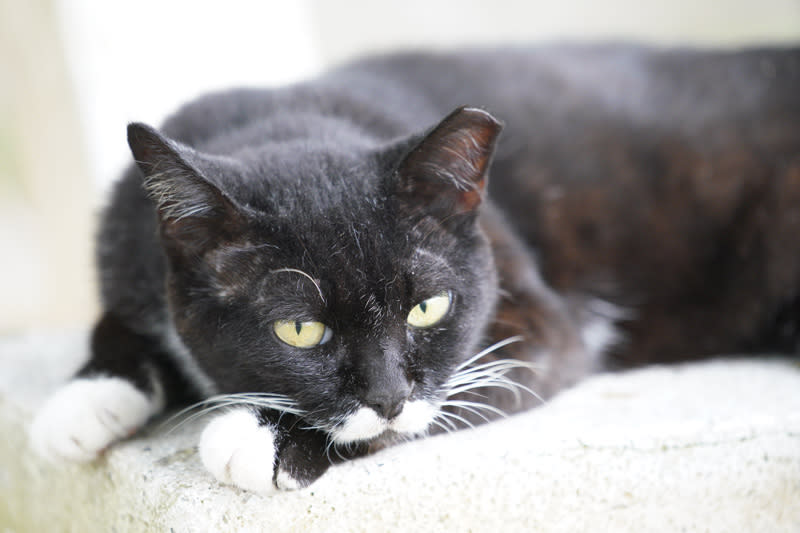

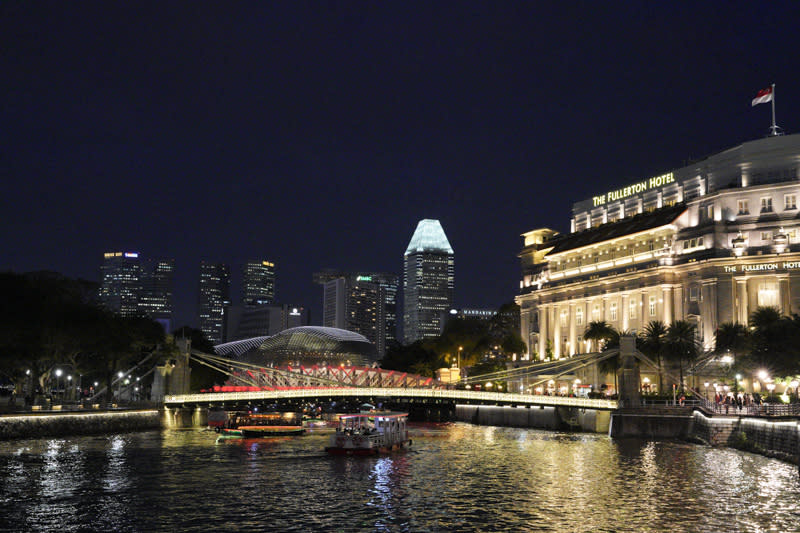
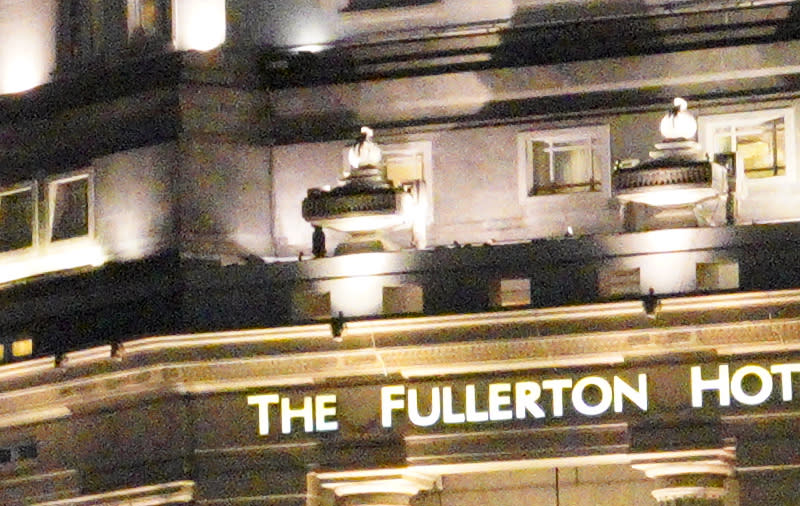
Conclusion
The Sony A9 is a very capable camera that's primed for sports and action photography. The 'other-worldly' speed of capture and blackout-free shooting capabilities will certainly be most attractive to wildlife photographers too. The stacked sensor certainly brings unprecedented capture capabilities in terms of speed, but it does seem to have come with a bit of a trade-off in terms of heavier color and chroma noise observed at higher ISOs.
Still, the pros out weigh the cons. The marrying of high-speed capture and fast, accurate autofocus makes it just that much easier to catch that "decisive moment". The blackout-free EVF certainly helps in that regard too, letting you visualize exposure and white balance changes in real time.
This performance also comes at a lower price than its main two competitors, as the A9 is retailing for $6,299 compared to $8,199 and $8,639 for the Canon EOS-1D X Mark II and the Nikon D5 respectively. Add to that the 4K video capabilities and improved handling, and the A9 certainly makes a compelling case as a do-it-all camera for any working professional - especially if you need a slightly more compact and lighter camera in your arsenal for this level of photography.



